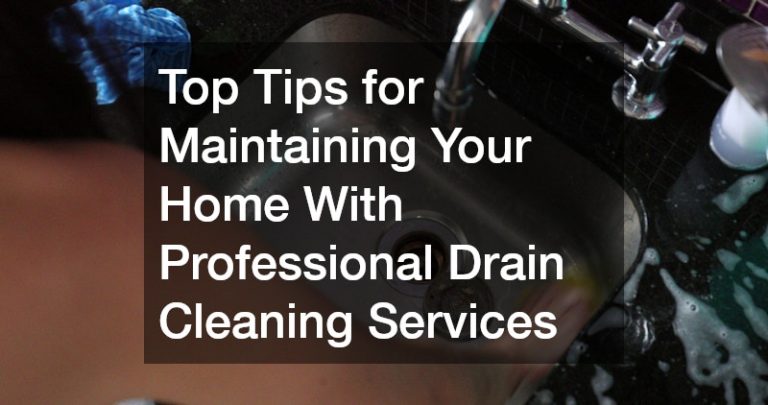

Were you aware that approximately 1 out of every 15 homes in the United States may have radon levels either at or above the Environmental Protection Agency’s (EPA) action levels? For this reason alone, it’s important to contact residential radon testing services to determine if there is radon present in or around your home.
If you have an existing radon system, it’s also necessary for you to have it inspected regularly to ensure that it is properly installed and working optimally. After your radon testing has been completed, and it is determined that your existing system needs to be repaired or replaced, you will be informed of this at that time.
Radon, as you know, is an odorless, natural gas. Given its toxicity, radon is harmful to humans and animals. When people are exposed to specific radon levels over a long period of time, they have an increased risk of developing lung cancer. When combined with a long period of exposure, this risk increases with concentrations of 16% per 100 Bq/m.
The Surgeon General’s Office, as well as the U.S. Environmental Protection Agency, (EPA) have both estimated that radon exposure causes as many as 20,000 lung cancer deaths every year. The scientific community further estimates that these deaths could be decreased by 2% to 4% when home radon levels were prevented from exceeding the EPA’s action levels. Furthermore, the Surgeon General has reported that the second leading cause of lung cancer in this country is currently radon.
For example, when a family’s home has radon levels of 4 pCi/l, they are being exposed to excessive amounts of radiation. These levels are approximately 35 times what the Nuclear Regulatory Commission allows if a person were standing by the fence of a radioactive waste site.
There are both short and long-term detectors used to measure radon levels. While it does depend on the device being used, short-term detectors measure radon levels for 2 to 90 days. Long-term tests, however, are able to determine the average radon concentration for a time period extending beyond 90 days.
There are both passive and active forms of radon mitigation. When used in conjunction, however, radon levels can be further reduced. Passive systems have been shown to reduce these levels by 50%, so when combined with a radon ventilation fan, radon levels will drop considerably.
When you contact a local radon and mitigation service to provide radon testing for your home, they will be able to determine the level of mitigation needed when required. If you already have a sump pump, they will,, of course, check this device to ensure that it is working properly.
Since there are significant health risks associated with coming into continued contact with radon, it’s important to have regular testing in order to alleviate and/or avoid these risks altogether.





